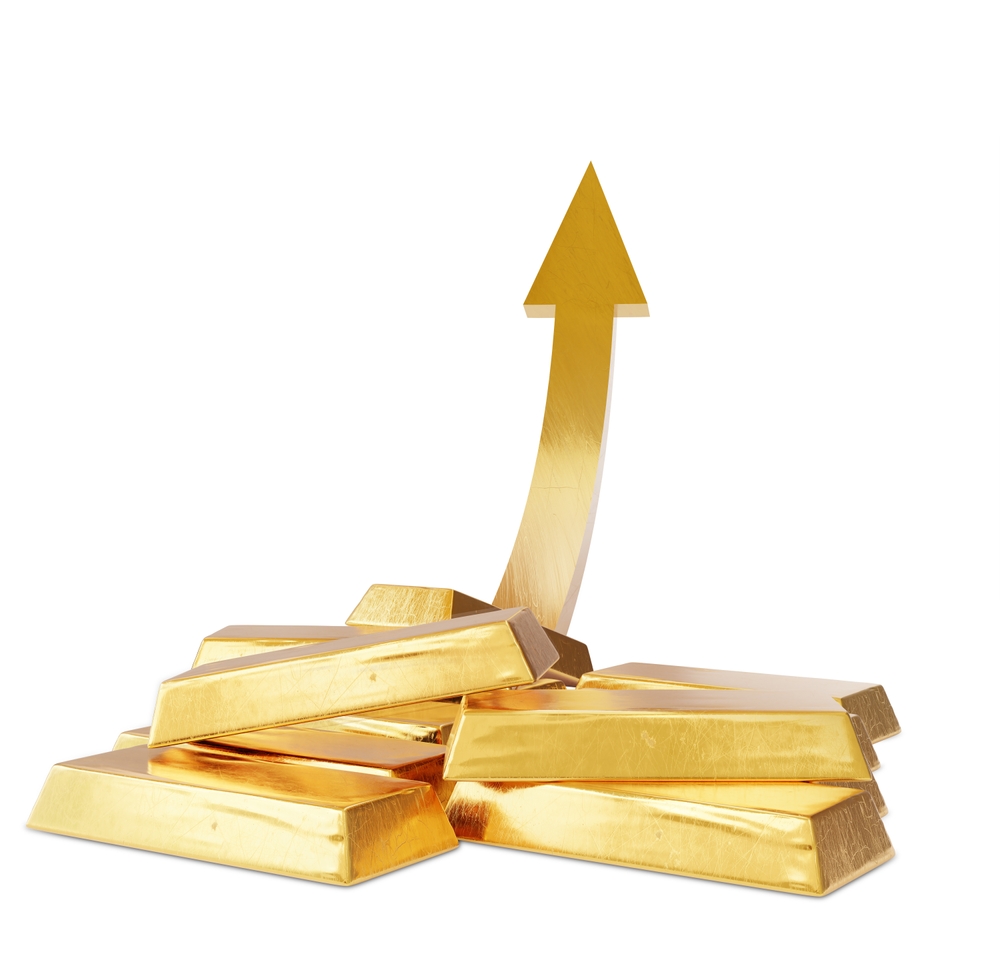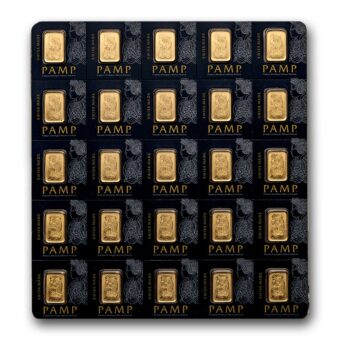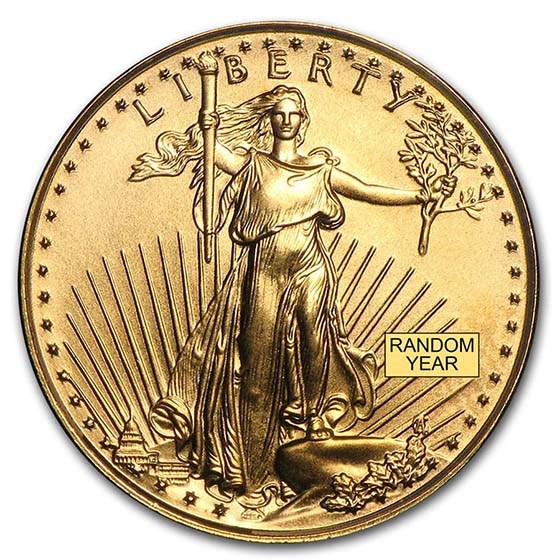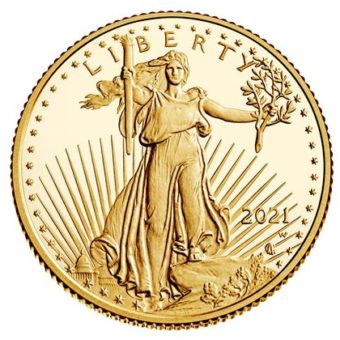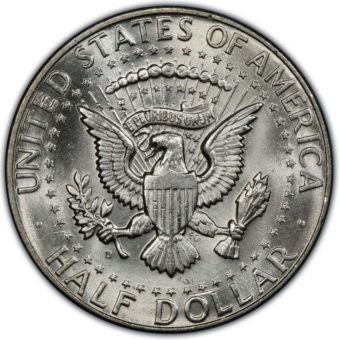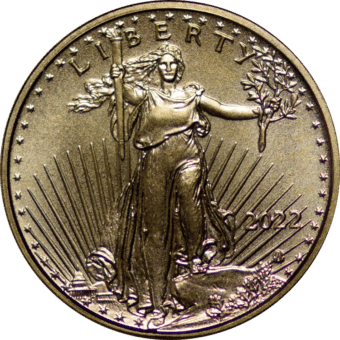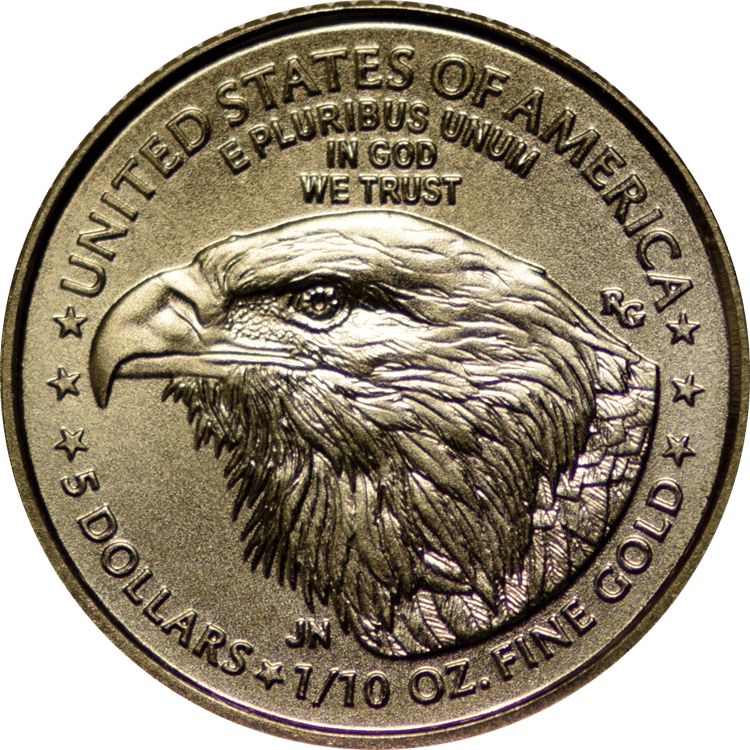Market Recap: Gold’s Performance Through the Week
Monday, February 10, 2025
Gold surged close to the $3,000 mark, benefiting from strong safe-haven demand amid ongoing economic uncertainties. April gold gained $39.70 to settle at $2,927.40, while March silver edged up to $32.47.
Tuesday, February 11, 2025
Prices pulled back slightly as gold and silver dipped in early trading but recovered from daily lows. April gold ended at $2,932.20, down $2.20, while silver slipped to $32.32. Federal Reserve Chair Jerome Powell’s Senate testimony offered little new information, keeping markets steady ahead of his House appearance on Wednesday.
Wednesday, February 12, 2025
Gold held firm while silver climbed higher, both reaching their daily peaks. April gold rose $2.10 to $2,935.20, while silver gained $0.508 to $32.82. Markets initially reacted to a hotter-than-expected inflation report but stabilized, reinforcing continued interest in gold as a safe-haven asset.
Thursday, February 13, 2025
Despite higher-than-anticipated inflation data, gold advanced, with April contracts rising $16.20 to $2,944.00. Silver saw a modest dip, settling at $32.69. The latest Producer Price Index (PPI) data indicated persistent inflation, reinforcing expectations that the Federal Reserve may keep interest rates higher for longer.
Friday, February 14, 2025
Gold and silver strengthened in early U.S. trading, with silver reaching a 3.5-month high. April gold climbed to $2,953.20, while silver surged $1.344 to $34.07. Market speculation regarding a potential U.S. gold reserve revaluation added to the momentum, though no official statements were made.
Key Market Developments: What’s Driving Gold’s Strength?
Gold’s resilience near record highs reflects a combination of economic forces, from labor market stability and trade policy shifts to persistent inflationary pressures. As market participants assess these developments, the metal continues to play a crucial role in financial strategies aimed at preserving purchasing power. Let’s break down the latest trends impacting gold and the broader economy.
Gold Holds Near Record Highs Amid Steady Labor Market
Despite a labor market that remains robust, gold continues to find strong support as global uncertainties fuel demand for tangible assets.
- Jobless claims for the week ending February 8 declined to 213,000, coming in slightly below market expectations of 217,000.
- The four-week moving average dipped to 216,000, signaling consistent strength in employment trends.
- Continuing jobless claims, which track those receiving unemployment benefits over an extended period, fell to 1.85 million from 1.886 million the previous week.
A steady labor market typically reinforces economic optimism, which can weigh on gold prices as confidence in risk assets increases. However, in the current environment, gold remains well-supported due to broader macroeconomic concerns. Rising bond yields and persistent inflation are keeping market participants wary of future rate hikes or delayed cuts, reinforcing the appeal of precious metals.
Additionally, while headline job numbers appear strong, underlying labor market trends tell a more complex story. Wage growth has struggled to keep up with inflation, and certain sectors—such as technology and finance—have continued to see rounds of layoffs. These dynamics suggest that while employment figures remain solid, economic uncertainty is far from over, leaving room for gold to remain a preferred hedge against volatility.
Tariffs Take Center Stage in Global Trade Policy
Shifting trade policies are once again in focus, with potential implications for global supply chains, economic growth, and inflationary pressures. A newly proposed reciprocal tariff policy seeks to counter foreign trade restrictions by imposing equivalent duties on U.S. exports.
- The U.S. Trade Representative has been directed to review existing trade agreements, identifying instances where foreign nations impose tariffs on American goods at higher rates than the U.S. imposes on theirs.
- This review aims to level the playing field, ensuring that American manufacturers and exporters are not disadvantaged in global markets.
- A detailed report outlining specific country-by-country tariff adjustments is expected by April 1.
The potential effects of this policy remain uncertain, but markets are closely watching how these changes will influence global trade dynamics. While some argue that stronger tariffs will boost domestic manufacturing and job growth, others warn that they could lead to higher prices for consumers and supply chain disruptions.
For gold, these trade tensions add another layer of support. Historically, economic uncertainty surrounding trade disputes has driven demand for precious metals, as market participants seek stability in tangible assets. If tariffs result in inflationary pressures—such as higher import costs on essential goods—gold’s role as an inflation hedge will become even more critical.
Gold Holds Above $2,900 as Inflationary Pressures Persist
Inflation remains a key driver in financial markets, and the latest Producer Price Index (PPI) data suggests that price pressures are not easing as quickly as many had hoped.
- January PPI climbed 0.4% month-over-month, surpassing expectations of 0.3%.
- On an annual basis, PPI rose 3.5%, also exceeding the projected 3.2%.
- Core PPI, which strips out volatile food and energy prices, rose 3.6% year-over-year, reinforcing concerns about sustained inflationary trends.
Following the report, gold traded at $2,914 per ounce, gaining 0.35% on the day. These gains reflect continued market uncertainty about the Federal Reserve’s monetary policy path.
While some analysts had expected inflation to cool more rapidly in 2024, persistent price increases—particularly in services, energy, and housing costs—suggest that inflation may remain elevated for longer than initially anticipated. This has forced markets to reconsider their expectations for Federal Reserve rate cuts, further enhancing gold’s appeal as a store of value.
The longer inflation runs above target, the more pressure it places on purchasing power. Historically, gold has been one of the most effective hedges against inflation, helping individuals preserve their wealth when fiat currencies lose value.
Inflation Trends Push Rate Cut Expectations Further Out
One of the biggest drivers of gold’s strength in recent months has been shifting expectations for Federal Reserve rate cuts. The latest Consumer Price Index (CPI) report added further uncertainty to the outlook, as inflation came in hotter than expected once again.
- January CPI rose 0.5%, surpassing the forecasted 0.3% increase.
- Annual inflation reached 3.0%, higher than the projected 2.9%.
- Core CPI, which excludes food and energy, increased 0.4% in January, bringing the year-over-year rate to 3.3%—above estimates.
Several key inflationary drivers stand out:
- Shelter costs rose 0.4% for the month, continuing to strain household budgets as mortgage rates remain elevated.
- Food prices saw a 0.4% monthly increase, led by a 15.2% surge in egg prices due to supply disruptions.
- Gasoline prices climbed 1.8%, adding further inflationary pressure to transportation and logistics costs.
These numbers suggest that inflation remains more entrenched than previously thought. As a result, market participants have adjusted their expectations for when the Federal Reserve might begin easing interest rates.
- The first rate cut is now projected for September 2025, later than initial forecasts.
- Markets have also scaled back expectations for the total number of cuts this year, anticipating fewer reductions than previously priced in.
Higher rates typically weigh on gold, as they increase the opportunity cost of holding non-yielding assets. However, in this case, persistent inflation and economic uncertainty continue to offset the impact of higher yields, keeping demand for gold strong.
Gold has historically thrived in periods of rising inflation, as it offers a time-tested safeguard against currency depreciation and purchasing power erosion. While markets wait for clarity on future rate policy, many are turning to gold and silver as foundational assets for financial security.
Upcoming Economic Events: February 17–21, 2025
Key Data Releases & Their Potential Impact on Gold
📊 Empire State Manufacturing Survey (Feb. 18)
- A strong report could indicate economic resilience, potentially dampening safe-haven demand for gold.
- Weak manufacturing data may signal broader economic concerns, supporting precious metals.
📊 Philadelphia Fed Manufacturing Survey (Feb. 20)
- This regional gauge offers insight into industrial activity.
- A robust reading may pressure gold, while weak data could boost demand.
📊 Housing Starts & Existing Home Sales (Feb. 19 & 21)
- Housing data reflects consumer confidence and economic conditions.
- A slowdown in the housing market may increase demand for gold as a hedge against economic uncertainty.
📊 FOMC Meeting Minutes (Feb. 19)
- The minutes will provide insight into Federal Reserve policymakers’ views on inflation and interest rates.
- A hawkish stance could weigh on gold, while a dovish tone may support higher prices.
📊 Initial Jobless Claims (Feb. 20)
- Rising claims could indicate a softening labor market, increasing demand for safe-haven assets.
- A strong labor report may signal economic stability, tempering gold’s appeal.
📊 U.S. Leading Economic Indicators (Feb. 20)
- This composite index predicts future economic conditions.
- A weak reading may reinforce market uncertainty, boosting gold’s role as a store of value.
📊 Consumer Sentiment Index (Feb. 21)
- Consumer sentiment reflects economic confidence and spending trends.
- A decline in sentiment could bolster gold demand as uncertainty rises.
Final Thoughts: Why Gold Remains Essential in Today’s Economy
With inflation proving stickier than expected, trade policies in flux, and uncertainty surrounding Federal Reserve policy, gold remains a crucial component of wealth preservation strategies. While the labor market shows resilience, broader economic trends indicate that challenges remain—whether in the form of rising costs, shifting monetary policies, or geopolitical uncertainties.
In this environment, tangible assets like gold and silver provide stability when fiat currencies and financial markets face headwinds. Whether you’re looking to hedge against inflation, diversify your portfolio, or safeguard purchasing power, gold continues to be a key asset in navigating today’s economic landscape.
Stay ahead of market trends and explore insights on our website to understand how gold can play a role in protecting your wealth.

